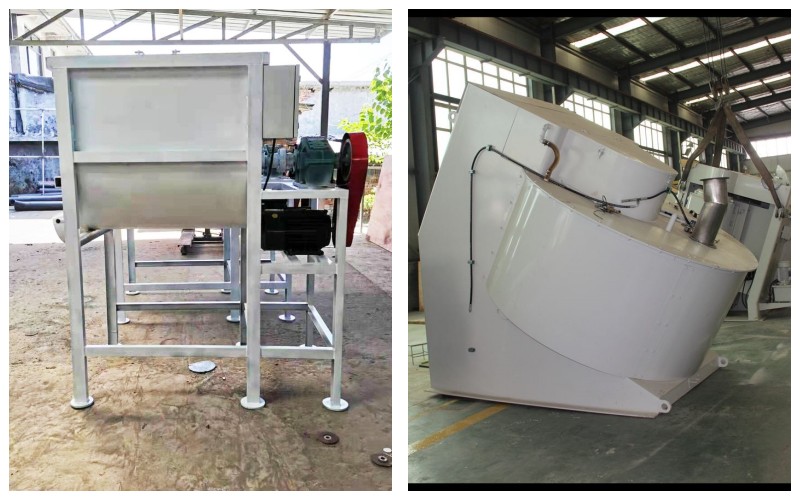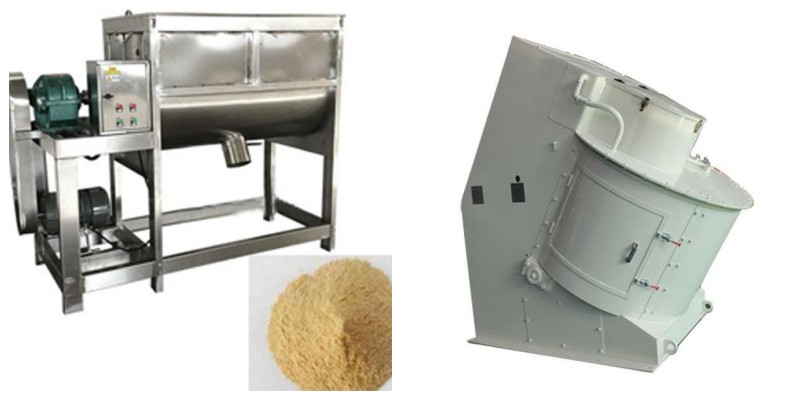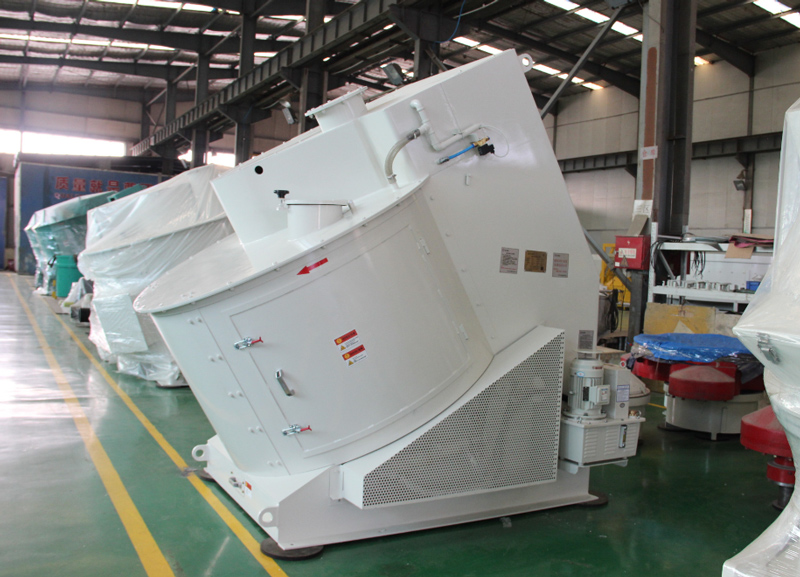Vertical and inclined mixing machines are common industrial mixing equipment and they are widely used in many industries. This article will introduce in detail the working principles, characteristics and applications of vertical mixers and tilt mixers in various fields.

The working principle of vertical mixing machines: It is a mixing equipment that moves in the vertical direction. It usually consists of a vertical cylinder and an internal stirring device. When the mixer is started, the mixing device will move up and down inside the cylinder to mix the materials. Vertical mixing machines are suitable for mixing liquid, powder and granular materials.

The working principle of inclined mixing machines is similar to that of an inclined intensive mixer. It mixes materials through the reciprocating motion of the inclined cylinder and the internal stirring device. When the mixer is started, the mixing device reciprocates inside the inclined cylinder, pushing the material from the high inclined surface to the low inclined surface, forming a circular flow. This combination of reciprocating motion and circulating flow causes the materials to be continuously staggered and mixed inside the cylinder, thereby achieving a uniform mixing effect.

Efficient mixing: Vertical mixing machines can fully mix the materials through the up and down movement of the stirring device to ensure uniform mixing effect.
Flexibility: Vertical mixing machines are suitable for a variety of different types of materials and can meet the needs of different industries.
Small footprint: Vertical mixing machines have a compact structure and a relatively small footprint, making them suitable for use in limited spaces.
Easy operation: Vertical mixing machines are relatively simple to operate and easy to control and maintain.

Uniform mixing: Inclined mixing machines can fully mix the materials through the inclination angle of the cylinder and the reciprocating motion of the mixing device to ensure a uniform mixing effect.
Strong adaptability: The tilt mixer is suitable for materials with different viscosities and fluidities, and can meet the needs of different industries.
High efficiency and low energy consumption: Inclined mixing machines can complete the mixing process in a shorter time, have higher mixing efficiency, and save energy.
Easy to clean: Inclined mixing machines have a tilted barrel design for easy cleaning and maintenance.
Vertical and inclined mixing machines are widely used in many industries. In the chemical industry, they are often used for mixing liquids and powders, such as in the production of pigments, coatings, fertilizers, etc. In the food industry, they are often used in the mixing of food raw materials, such as in the production process of flour, condiments, biscuits, etc. In the pharmaceutical industry, they are often used in the mixing of pharmaceutical raw materials, such as the production process of pharmaceutical powders, capsules, etc.

In addition, vertical and inclined mixing machines are also used in environmental protection engineering, building materials, metallurgy and other industries. For example, in environmental engineering, they are used for mixing and stirring in wastewater treatment processes. In the building materials industry, they are used for mixing and uniformity adjustment of concrete, mortar and other materials. In the metallurgical industry they are used for the leaching of ores and mixing during smelting processes.

In short, vertical and inclined mixing machines are important mixing equipment. They meet the mixing needs of different materials through different movement modes and structural characteristics. In various industries, they play an important role in improving production efficiency and product quality.
Address:China,Yanjin county forest park gate to the west 1000 meters north road.